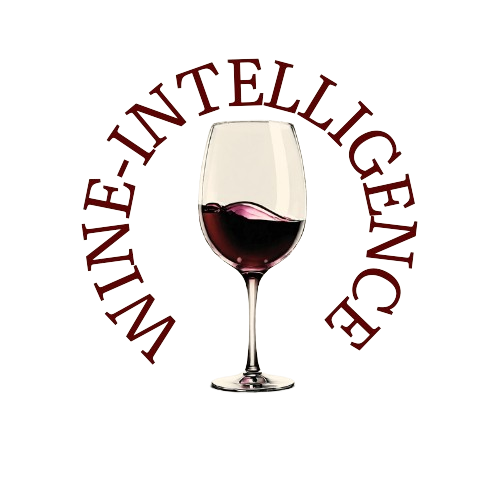The value of Italian sparkling wine exports surged past EUR 1.6 billion from January to October 2023, underscoring the global appeal of Italian bubbles.
Prosecco, the dominant force, accounted for EUR 1.3 billion of this total, while Asti contributed EUR 138 million. Other sparkling wine denominations collectively brought in just over EUR 81 million, according to ISTAT data analyzed by WineNews.
Prosecco's Dominance and the Challenge for Other Denominations
These figures highlight the disparity in market presence among Italian sparkling wines. Prosecco, with its massive production of around 800 million bottles, and Asti DOCG, with approximately 50 million bottles, dwarf the outputs of Franciacorta (19.5 million bottles), Trentodoc (12 million bottles), and Alta Langa (3 million bottles), which together don't reach 40 million bottles.
Despite these challenges, international recognition of Italy's high-quality Classic Method sparkling wines is on the rise. Franciacorta, in particular, saw its export share climb to 12.1% in 2023, a 1.5% increase from 2022. This growth comes amid a year of significant achievements, driven by value as the yields from the 2019 and 2020 harvests were scarce. In 2023, Franciacorta's sales volume reached 19.5 million bottles, with a notable 6.4% increase in average shelf prices, from EUR 22.9 to EUR 24.4. Although there was a slight decline in volume in 2022 (-3.4%), this was offset by a 2.8% increase in value. The Franciacorta Consortium, led by Silvano Brescianini, emphasized that compared to the pre-pandemic period of 2019, there was a significant growth of 26.5%.
Franciacorta's Market Dynamics
Domestically, Franciacorta represented 87.9% of sales at the end of 2023, a 4.1% decrease from 2022, while exports made up the remaining 12.1%, with a 1.5% increase. Switzerland, Japan, Germany, the United States, and Belgium were the main importers. Export growth was particularly strong compared to pre-pandemic levels, with sales volumes in Switzerland up 41.3%, Belgium up 23.3%, and the United States up 17.4%. Franciacorta accounted for 77.7% of global sales, followed by Franciacorta Satèn (12.2%) and Franciacorta Rosé (10.1%).
Alta Langa's Slow and Steady Growth
Alta Langa, while solidifying its presence in Italy, is cautiously expanding abroad. This small enclave of Piedmont's Classic Method, producing 3.2 million bottles in 2023, has a growing export share, though it currently stands at only 10%. Maria Cristina Castelletta, president of the Alta Langa Consortium, highlighted the natural growth in sales and production, noting increased interest in their denomination despite limited supply.
Trentodoc's Rising Popularity
Trentodoc, the first acknowledged DOC of the Italian Classic Method, also shows promising growth. Enrico Zanoni, head of the Trentodoc Institute's Observatory, reported a turnover of EUR 180 million in 2022 with 13 million bottles sold and a 7% increase in demand. Known for its "mountain bubbles," Trentodoc has garnered critical acclaim, winning accolades at Tom Stevenson’s World Sparkling Wine Championship. This recognition is expected to boost Trentodoc’s 15% export share, enhancing its global reputation.
Conclusion
The robust performance of Italian sparkling wine exports, led by Prosecco, highlights the potential for other denominations like Franciacorta, Alta Langa, and Trentodoc to increase their international presence. As global consumers increasingly recognize the quality of these Classic Method wines, Italian sparkling wine producers are well-positioned to expand their market share and enhance their value in the competitive global wine industry.
Source: WineNews

